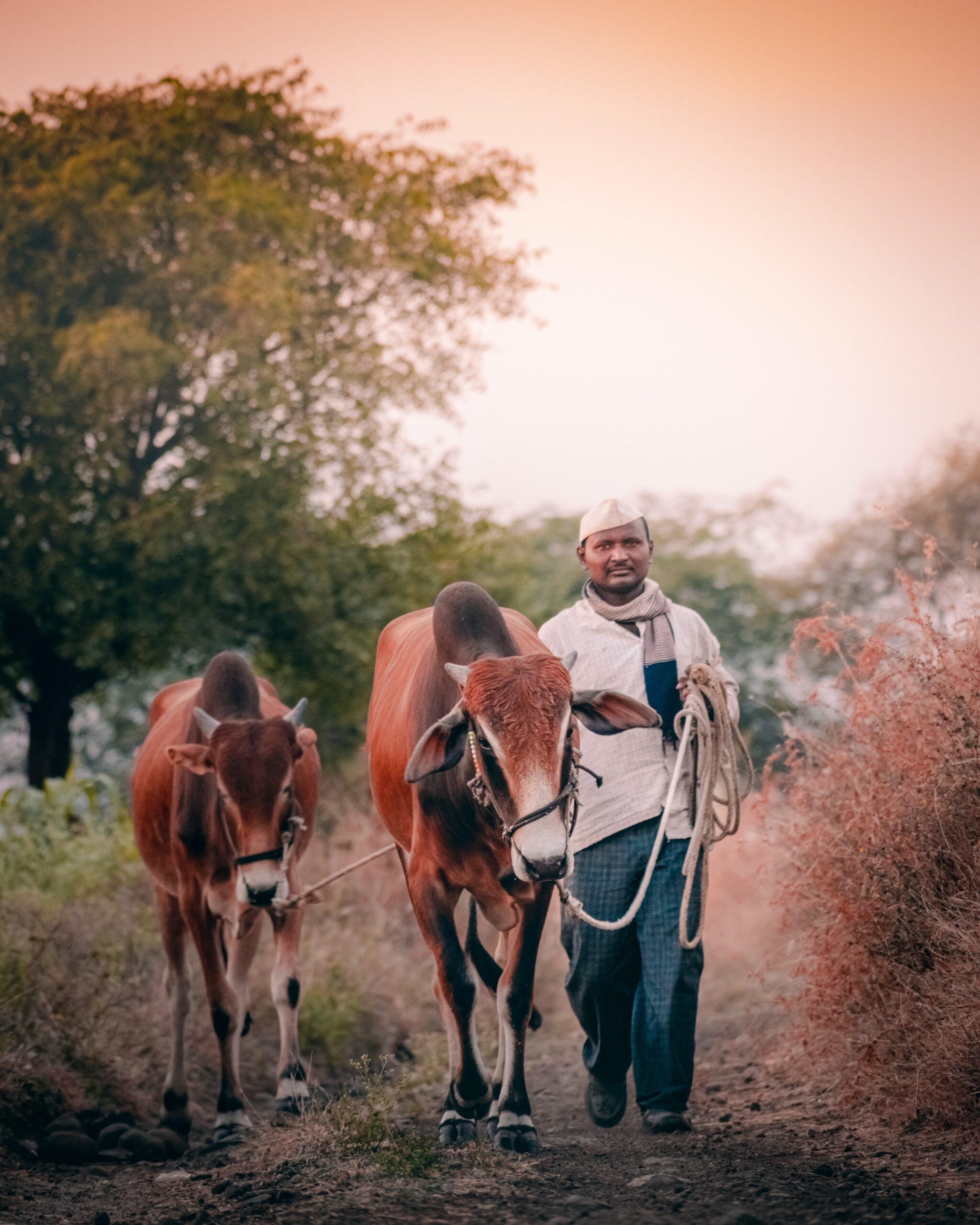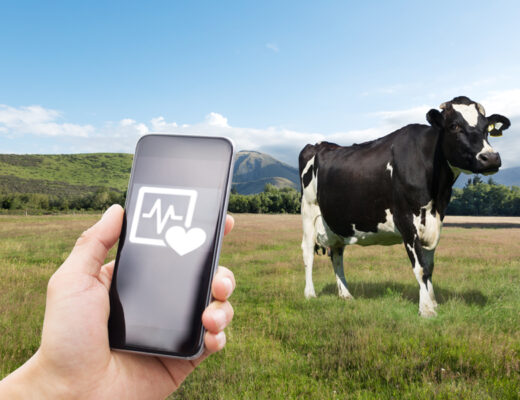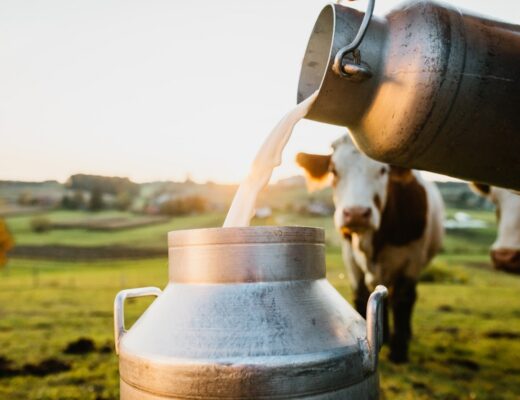Livelihood can be defined as the capabilities, assets and activities required for people to earn money
and secure a means of living. India is predominantly an agrarian economy where agriculture remains
the backbone providing livelihood opportunities for nearly three-fourth of the entire population.
This overdependence on agriculture, particularly in rural areas, is a serious concern and a challenge
to the carrying capacity of land given the widespread agrarian crisis prevailing all over the country.
Frequent drought, erratic rainfall, impact of climate change and rising indebtedness of farming
household have made the condition worse for them. As a consequence, many of the farmers are
reluctant to continue farming.
In such scenario, it is indeed important to give more emphasis to the livelihood activities allied to
agriculture so that extra burden on farmland will not grow much. Livestock is a one of the major
sources of livelihood for most of the small and marginal farmers in India, particularly for rural
households who live in below poverty line. Dairy farming not only feed rural communities, they also
supply milk to urban centres providing high quality protein and other essential nutrients to the
population. Cow dung is an important source of manure for crop and fuel for domestic use.
More than 70 million rural households engaged in milk production, the majority being small and
marginal farmers. Nearly 70% of agriculture farmers double up as dairy farmers, it provides regular
income to them through sale of milk unlike the traditional farming. As per 66 th round of the NSSO,
milk and milk product commanded a share of 7.6 % and 6.9% of consumer expenditure in rural and
urban India respectively. Livestock in general and dairying in particular play a vital role in the Indian
economy and also in the socio-economic development of millions of rural households.
The Union Government’s road map and action plan for doubling farmers’ income by 2022 puts
emphasis on increase in livestock productivity especially in dairy sector. The 2019 budget speech of
Union Finance Minister called for a wider practice of Zero Budget Natural Farming (ZBNF). ZBNF is
practiced through the application of Jeevamrutha in agriculture land that is prepared by mixing fresh
indigenous cow dung with indigenous cow urine, jiggery, pulse flour and water. Thus, for the
practice of ZNBF rearing of cattle is necessary.
Dairy is a labour intensive activity and provide livelihood to a large population, out of which 71 per
cent are women. Central government also promoting dairy farming through schemes like ‘Dairy
Entrepreneurship Development Scheme (DEDS), National Programme for Dairy Development
(NPDD), and DIDF (Dairy Processing & Infrastructure Development Fund). A Budget allocation of Rs.
6407.31 crores have recently announced for the Ministry of Fisheries, Animal Husbandry and
Dairying in the Union Budget FY 2022, with the increase of 44% from the last year. It shows
government’s commitment towards the growth of livestock and dairy farming.
Centre of Excellence for Dairy Skills in India (CEDSI) is an ace organization working for skill
development and capacity building in entire Dairy Value Chain. CEDSI is striving to develop the rural
livelihood and women empowerment through dairy development. CEDSI provides training and
capacity building to the rural youth, farmers and women farmers in various dairy job roles to enable
them to earn a sustainable livelihood.
As part of our social commitment, CEDSI envisages to implement Livelihood Development
Programs/Projects by Strengthening and Nurturing Good Dairy Management Practices and
providing holistic solutions to overcome the vicious cycle of poverty especially in rural areas.




